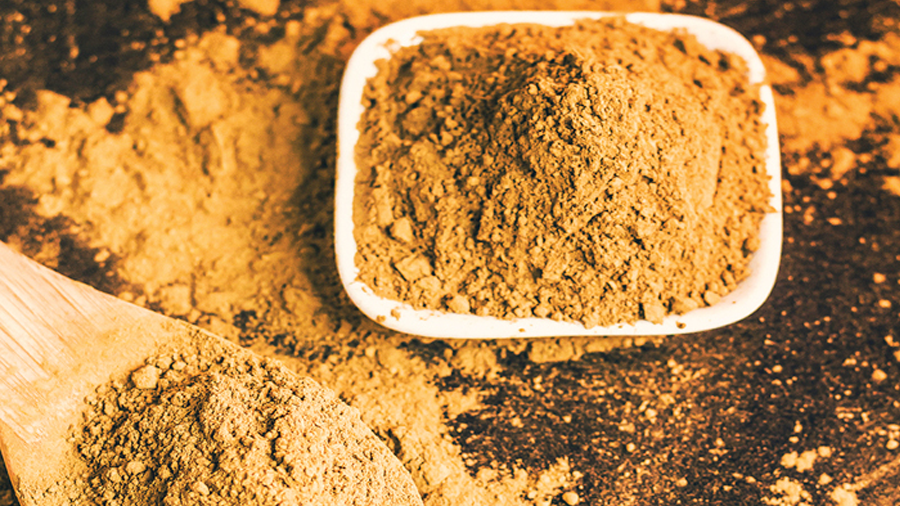Kratom as a Natural Alternative – A Closer Look at Opioid Substitutes
In recent years, the search for effective alternatives to opioids has gained increasing attention, driven by the escalating opioid crisis and the need for safer pain management solutions. One such alternative that has emerged in discussions is kratom Mitragyna speciosa, a tropical tree native to Southeast Asia. Traditionally used in countries like Thailand and Malaysia for its stimulant and analgesic properties, kratom has sparked interest among individuals seeking relief from chronic pain, anxiety, and even opioid withdrawal symptoms. Its leaves contain alkaloids, particularly mitragynine and 7-hydroxymitragynine, which interact with the body’s opioid receptors, potentially offering pain relief without the intense side effects associated with conventional opioids. Kratom’s appeal lies in its dual effects; at lower doses, it exhibits stimulant-like properties, providing increased energy and focus, while higher doses tend to produce sedative effects akin to those of opioids.

This versatility has led many users to turn to kratom as a natural remedy for various ailments, ranging from chronic pain to mood disorders. Additionally, anecdotal evidence suggests that kratom may help alleviate withdrawal symptoms for those attempting to overcome opioid addiction, making it an intriguing option for harm reduction strategies. Some users report that kratom allows them to manage their pain and improve their quality of life without the addictive risks associated with prescription opioids. However, the use of kratom is not without controversy. Critics point to a lack of comprehensive research on its long-term effects and potential for dependence. The U.S. Food and Drug Administration FDA has issued warnings about kratom, highlighting concerns over its safety, potential for abuse, and the absence of regulation in its production. As a result, the kratom market remains largely unregulated, leading to inconsistencies in product quality natural green maeng da kratom and potency. This unpredictability raises important questions about the safety of kratom use, particularly for individuals who may already be vulnerable due to previous substance use disorders.
Despite these concerns, some advocates argue that with appropriate education, regulation, and further research, kratom could serve as a valuable tool in addressing the opioid crisis. They emphasize the importance of informed use, encouraging individuals to consult healthcare professionals and consider kratom as part of a comprehensive pain management plan that includes other therapies. Efforts are underway to better understand kratom’s pharmacological properties, its potential benefits, and risks through clinical studies and trials. In conclusion, while kratom presents an intriguing option as a natural alternative to opioids, it is essential to approach its use with caution. Balancing the potential benefits with the risks of dependence and lack of regulation is crucial for individuals seeking pain relief. As research evolves and more data becomes available, kratom may find its place within a broader framework of pain management and addiction recovery, offering hope for those searching for safer alternatives in an increasingly complex landscape of substance use and treatment options.
